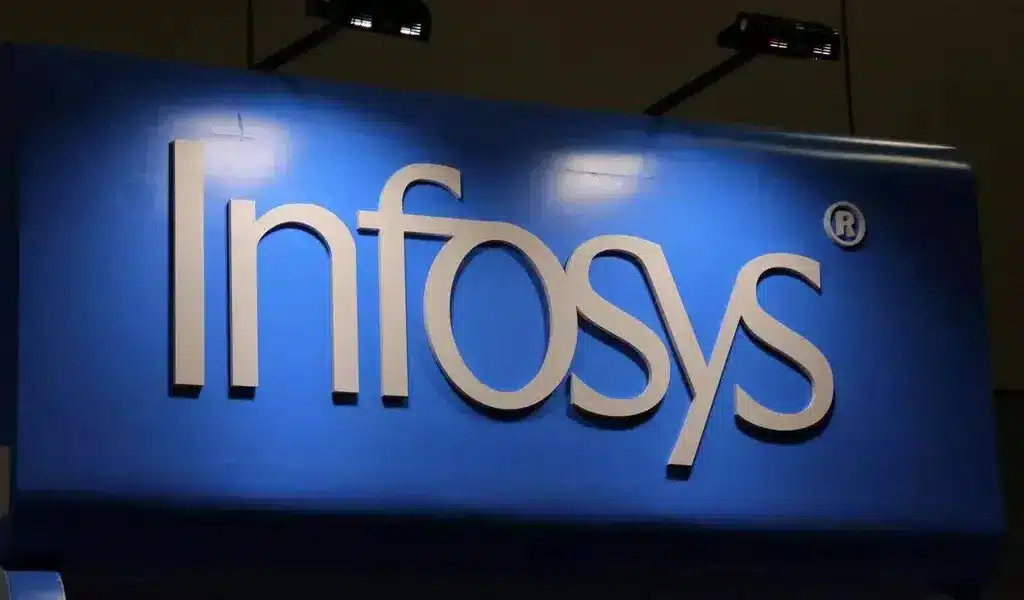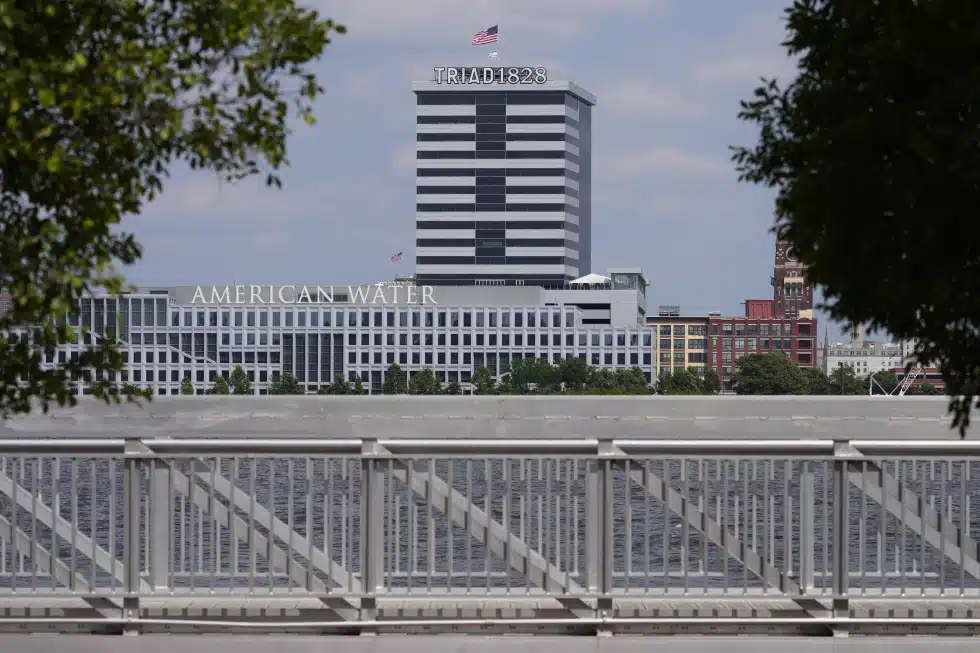Business
Thailand’s Central Bank Poised to Cut Rates
BANGKOK – Thailand’s central bank is expected to cut interest rates at its meeting Wednesday as political unrest continues to engulf the exporter of automobiles and electronics.
Almost daily antigovernment protests, many of them violent, have destabilized the country since late last year. Prime Minister Yingluck Shinawatra has called elections for Feb. 2 but the opposition says they will boycott the polls, meaning a likely protracted battle.
At the Bank of Thailand’s most recent meeting, as political protests started to gather steam in November, the bank cut rates by 0.25 percentage point to 2.25%.
Policy makers are likely to follow that up Wednesday with another cut of 0.25 percentage point, said Rahul Bajoria, an economist with Barclays in Singapore, one of a number of economists expecting a cut. Consumer prices rose only 1.67% in December from the year-ago period, and global oil prices are falling, which means the bank has room to cut rates without sparking inflation, Mr. Bajoria said.
“It would send out a message the central bank wants to support growth,” he said.
Even before the instability, the outlook for Thailand’s economy was shaky. Exports, which account for around two-thirds of the economy, have performed poorly, declining 4.1% on the year in November, the latest month for which data are available.
The automobile industry is suffering because of weak demand in other Asian markets. Exports from the nation’s electronics industry, which supplies parts for personal computers–but not the fast-growing smartphone market–also have been disappointing.
The turmoil is taking its toll on the economy. Tourism, which accounts for 7% of national output, has been hard hit as foreign travelers postpone journeys. Plans to build multibillion-dollar infrastructure, including high-speed rail lines, look likely to face delays amid the political gridlock.
The Finance Ministry last week slashed its growth forecast for 2014 to 3.1%, compared with an earlier projection of 3.5% to 4.0%. Failure to push ahead this year with the 2.2 trillion baht ($66.6 billion) infrastructure plan could push growth as low as 2%, the ministry estimated.
Tim Condon, an economist with ING in Singapore, also says the central bank needs to convince the market that rates will stay low until growth picks ups.
“An aggressive rate cut accompanied by a statement saying that growth has fallen well below the BoT’s forecast, and rates will remain low to reverse this state of affairs, would lead me to up my GDP growth forecast,” Mr. Condon said.
ING is forecasting growth at 3% for 2014, lower than Thailand’s trend rate of growth of 4.5%. Mr. Condon expects a 0.25 percentage point cut Wednesday. Others expect further cuts in the near future.
“The recent political impasse poses significant downside risks to growth, which could prompt further rate cuts over the coming months as the central bank looks to support the domestic economy,” said Fred Gibson, an economist at Moody’sAnalytics.
Such monetary easing, though, might have little direct effect in the current environment. The previous rate cut failed to filter through into higher bank lending because Thai banks are currently trying to reduce debt exposure.
Thai household debt stands at 80% of gross domestic product, one of the highest ratios in Asia, reflecting years of aggressive lending to finance house purchases and auto loans. A government tax rebate two years ago for first-time car owners also helped boost debt levels.
“Lowering borrowing costs would not be able to provide much boost to either consumption or investment given the damped confidence and household leverage,” said Kobsidthi Silpachai, head of capital markets research at Kasikornbank, a Thai bank. He said he is expecting the bank to hold rates steady.
Others say inflation could become an issue down the road if monetary policy is kept easy, pushing investors to pull out of Thai stocks and bonds. That could put further pressure on the Thai baht, which already is trading at a three-year low of 32.86 to the U.S. dollar.
Usara Wilaipich, an economist with Standard Chartered in Thailand, says the currency weakness could become inflationary. She said she expects the central bank to maintain its policy rate Wednesday.
“Given that Thailand is a net oil importer, any further baht weakening due to portfolio outflows or additional rate cuts would add to inflationary pressure,” she said. “Policy makers need to balance the potential growth benefits of a rate cut against the potential inflationary impact.”

Business
PepsiCo Reduces Revenue Projections As North American Snacks And Key International Markets Underperform.

(VOR News) – In the third quarter of this year, Pepsi’s net income was $2.93 billion, which is equivalent to $2.13 per share. This was attributed to the company.
This is in stark contrast to net income of $3.09 billion, which is equivalent to $2.24 per share, during the same period in the previous year. The company’s earnings per share were $2.31 when expenses were excluded.
Net sales decreased by 0.6%, totaling $23.32 billion. Organic sales increased by 1.3% during the quarter when the effects of acquisitions, divestitures, and currency changes are excluded.
Pepsi’s beverage sales fell this quarter.
The most recent report indicates that the beverage and food sectors of the organization experienced a 2% decline in volume. Consumers of all income levels are demonstrating a change in their purchasing habits, as indicated by CEOs’ statements from the previous quarter.
Pepsi’s entire volume was adversely affected by the lackluster demand they encountered in North America. An increasing number of Americans are becoming more frugal, reducing the number of snacks they ingest, and reducing the number of times they purchase at convenience stores.
Furthermore, Laguarta observed that the increase in sales was partially attributed to the election that occurred in Mexico during the month of June.
The most significant decrease in volume was experienced by Quaker Foods North America, which was 13%. In December, the company announced its initial recall in response to a potential salmonella infection.
Due to the probability of an illness, the recall was extended in January. Pepsi officially closed a plant that was implicated in the recalls in June, despite the fact that manufacturing had already been halted.
Jamie Caulfield, the Chief Financial Officer of Pepsi and Laguarta, has indicated that the recalls are beginning to have a lessening effect.
Frito-Lay experienced a 1.5% decline in volume in North America. The company has been striving to improve the value it offers to consumers and the accessibility of its snack line, which includes SunChips, Cheetos, and Stacy’s pita chips, in the retail establishments where it is sold.
Despite the fact that the category as a whole has slowed down in comparison to the results of previous years, the level of activity within the division is progressively increasing.
Pepsi executives issued a statement in which they stated that “Salty and savory snacks have underperformed year-to-date after outperforming packaged food categories in previous years.”
Pepsi will spend more on Doritos and Tostitos in the fall and winter before football season.
The company is currently promoting incentive packets for Tostitos and Ruffles, which contain twenty percent more chips than the standard package.
Pepsi is expanding its product line in order to more effectively target individuals who are health-conscious. The business announced its intention to acquire Siete Foods for a total of $1.2 billion approximately one week ago. The restaurant serves Mexican-American cuisine, which is typically modified to meet the dietary needs of a diverse clientele.
The beverage segment of Pepsi in North America experienced a three percent decrease in volume. Despite the fact that the demand for energy drinks, such as Pepsi’s Rockstar, has decreased as a result of consumers visiting convenience stores, the sales of well-known brands such as Gatorade and Pepsi have seen an increase throughout the quarter.
Laguarta expressed his opinion to the analysts during the company’s conference call, asserting, “I am of the opinion that it is a component of the economic cycle that we are currently experiencing, and that it will reverse itself in the future, once consumers feel better.”
Additionally, it has been noted that the food and beverage markets of South Asia, the Middle East, Latin America, and Africa have experienced a decline in sales volume. The company cut its forecast for organic revenue for the entire year on Tuesday due to the business’s second consecutive quarter of lower-than-anticipated sales.
The company’s performance during the quarter was adversely affected by the Quaker Foods North America recalls, the decrease in demand in the United States, and the interruptions that occurred in specific international markets, as per the statements made by Chief Executive Officer Ramon Laguarta.
Pepsi has revised its forecast for organic sales in 2024, shifting from a 4% growth rate to a low single-digit growth rate. The company reiterated its expectation that the core constant currency profitability per share will increase by a minimum of 8% in comparison to the previous year.
The company’s shares declined by less than one percent during premarket trading. The following discrepancies between the company’s report and the projections of Wall Street were identified by LSEG in a survey of analysts:
SOURCE: CNBC
SEE ALSO:
Old National Bank And Infosys Broaden Their Strategic Partnership.
Business
Old National Bank And Infosys Broaden Their Strategic Partnership.

(VOR News) – Old National Bank, a commercial bank with its headquarters in the Midwest, and Infosys, a firm that specializes in information technology, have recently entered into a strategic expansion of their link, which has been in place for the past four years.
This expansion is more likely to take place sooner rather than later, with the likelihood being higher.
For the purpose of making it possible for Old National Bank to make use of the services, solutions, and platforms that are offered by Infosys, the objective of this expansion is to make it possible for the bank to transform its operations and processes through the application of automation and GenAI, as well as to change significant business areas.
This lets the bank leverage Infosys’ services, solutions, and platforms.
Old National Bank Chairman and CEO Jim Ryan said, “At Old National, we are committed to creating exceptional experiences for both our customers and our fellow employees.”
This statement is applicable to Old National Bank. Infosys is carefully managing the business process innovations that it is putting us through, putting a strong emphasis on efficiency and value growth throughout the process to ensure that it is carried out efficiently.
This is a routine occurrence throughout the entire operation. Because of Infosys’ dedication to our development and success, we are incredibly appreciative of the assistance they have provided.
Old National has been receiving assistance from Infosys in the process of updating its digital environment since the year 2020, according to the aforementioned company.
Ever since that time, the company has been providing assistance. The provision of this assistance has been accomplished through the utilization of a model that is not only powerful but also capable of functioning on its own power.
Infosys currently ranks Old National thirty-first out of the top thirty US banks.
This ranking is based on the fact that Old National is the nation’s largest banking corporation.
It is estimated that the total value of the company’s assets is approximately fifty-three billion dollars, while the assets that are currently being managed by the organization are valued at thirty billion dollars.
Dennis Gada, the Executive Vice President and Global Head of Banking and Financial Services, stated that “Old National Bank and Infosys possess a robust cultural and strategic alignment in the development, management, and enhancement of enterprise-scale solutions to transform the bank’s operations and facilitate growth.”
This remark referenced the exceptional cultural and strategic synergy between the two organizations. Dennis Gada is the one who asserted this claim. This was articulated explicitly concerning the exceptional cultural congruence and strategy alignment of the two organizations.
We are pleased to announce that the implementation of Infosys Topaz will substantially expedite the transformation of Old National Bank’s business processes and customer service protocols. We are exceedingly enthusiastic about this matter. We are quite thrilled about this specific component of the scenario.
Medium-sized banks operating regionally will continue to benefit from our substantial expertise in the sector, technology, and operations. This specific market segment of Infosys will persist in benefiting from our extensive experience. This phenomenon will enable this market sector to sustain substantial growth and efficiency benefits.
SOURCE: THBL
SEE ALSO:
American Water, The Largest Water Utility In US, Is Targeted By A Cyberattack
States Sue TikTok, Claiming Its Platform Is Addictive And Harms The Mental Health Of Children
Qantas Airways Apologizes After R-Rated Film Reportedly Airs On Every Screen During Flight
Business
American Water, The Largest Water Utility In US, Is Targeted By A Cyberattack

The largest regulated water and wastewater utility company in the United States stated Monday that it had been the target of a cyberattack, forcing the company to halt invoicing to consumers.
American Water, The Largest Water Utility In US, Is Targeted By A Cyberattack
American Water, based in New Jersey and serving over 14 million people in 14 states and 18 military facilities, said it learned of the unauthorized activity on Thursday and quickly took precautions, including shutting down certain systems. The business does not believe the attack had an impact on its facilities or operations and said employees were working “around the clock” to determine the origin and scale of the attack.

According to their website, American Water operates over 500 water and wastewater systems in around 1,700 communities across California, Georgia, Hawaii, Illinois, Indiana, Iowa, Kentucky, Maryland, Missouri, New Jersey, Pennsylvania, Tennessee, Virginia, and West Virginia.
SOURCE | AP
-

 News3 years ago
News3 years agoLet’s Know About Ultra High Net Worth Individual
-
Entertainment2 years ago
Mabelle Prior: The Voice of Hope, Resilience, and Diversity Inspiring Generations
-

 Health3 years ago
Health3 years agoHow Much Ivermectin Should You Take?
-

 Tech2 years ago
Tech2 years agoTop Forex Brokers of 2023: Reviews and Analysis for Successful Trading
-

 Lifestyles3 years ago
Lifestyles3 years agoAries Soulmate Signs
-

 Movies2 years ago
Movies2 years agoWhat Should I Do If Disney Plus Keeps Logging Me Out of TV?
-

 Health3 years ago
Health3 years agoCan I Buy Ivermectin Without A Prescription in the USA?
-

 Learning2 years ago
Learning2 years agoVirtual Numbers: What Are They For?